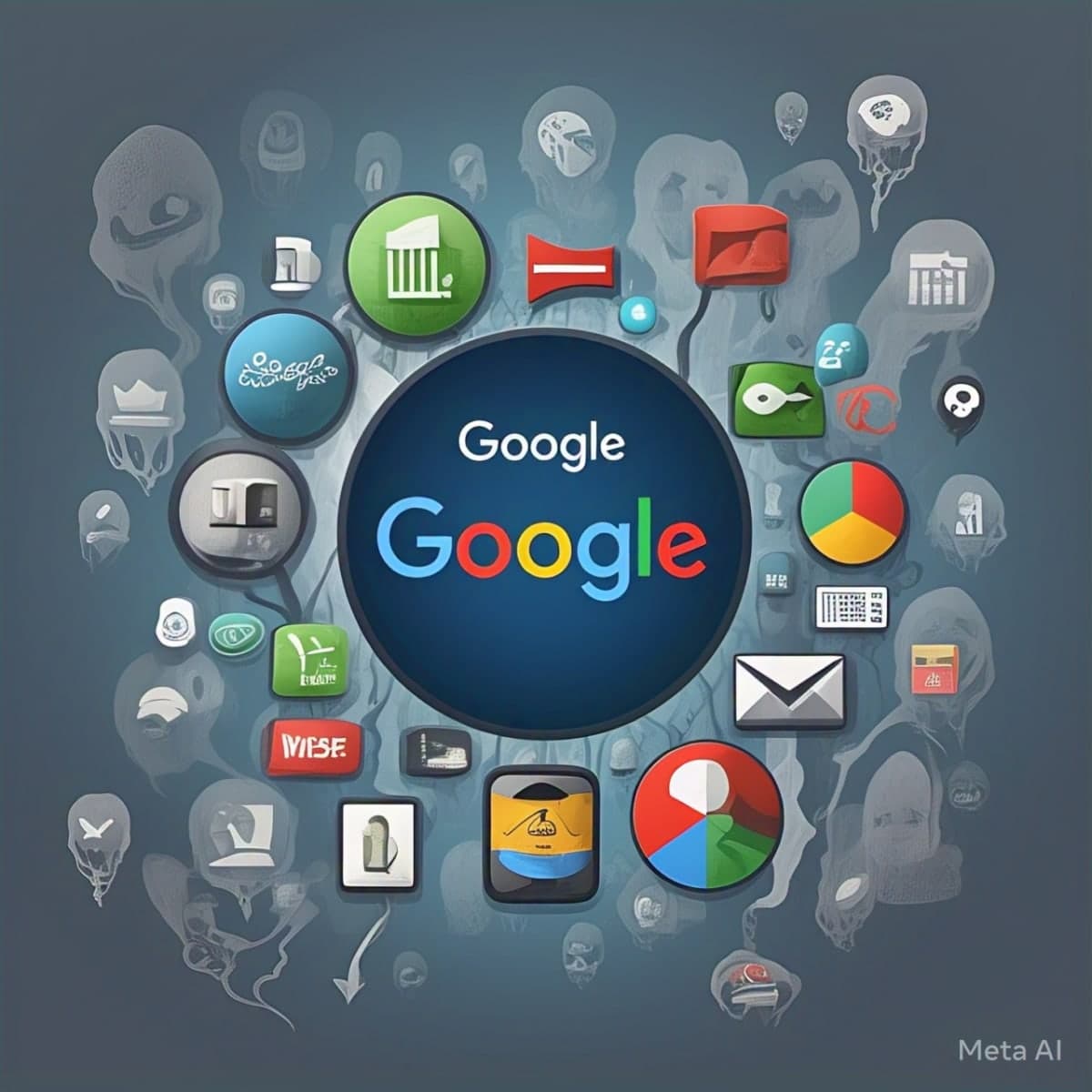Article
April 16, 2025
Is It Okay to Failure as Anything?
SHARE

Failure is not merely an event but a fundamental aspect of growth and innovation. Even tech giants like Google, with seemingly unlimited resources and talent, have experienced numerous failures throughout their history. By examining Google's approach to failure, we can gain insights into whether failure is acceptable, and even necessary, across different contexts.
As a Company: Google's Product Graveyard
Despite being a dominant force in technology, Google has discontinued countless products and services. Google+, Google Reader, Google Wave, Google Buzz, Google Glass, and many others now reside in what tech enthusiasts call the "Google Graveyard." For a company with such vast resources, these failures might seem surprising.
However, Google's willingness to experiment and then shut down underperforming initiatives reflects a deliberate strategy. Former CEO Eric Schmidt once noted that Google's philosophy is to "try things, see if they work, and if they don't, try something else." This approach allows Google to test many ideas quickly without becoming overly attached to any single product.
When Google+ failed to compete effectively with Facebook, the company didn't stubbornly persist. Instead, they learned valuable lessons about social networking dynamics and user engagement that informed future projects. The data and insights gained from these "failures" often feed into more successful ventures.
As a Developer: Learning from Google's Engineering Approach
Google's engineering culture embraces a concept known as "blameless postmortems." When a system fails or a product underperforms, the focus isn't on who made mistakes but on what can be learned. This creates an environment where developers feel safe to innovate without fear of punishment for failure.
Google's approach to development also includes rapid prototyping and testing. The company famously used A/B testing to determine which shade of blue would generate the most clicks on their ads. This methodical approach to experimenting, measuring results, and iterating demonstrates how failure becomes a stepping stone to optimization.
For developers everywhere, Google's example suggests that failure isn't just acceptable—it's an essential part of the development process. Each bug identified, each performance issue resolved, and each user experience problem fixed represents learning that wouldn't happen without the initial failure.
As a Monopoly: The Privilege of Failure
Google's status as a tech monopoly in certain markets provides an interesting perspective on failure. With dominant positions in search, online advertising, and mobile operating systems, Google can afford to fail in ways smaller companies cannot.
When Google Glass failed to gain consumer acceptance, the financial impact was negligible compared to Google's overall revenue. The company simply pivoted, refocusing Glass on enterprise applications where it found more success. This illustrates an important point: the acceptability of failure often depends on context and resources.
For startups or individuals with limited resources, failure might have more severe consequences. However, even within constraints, the principle remains valid: learning from failure rather than avoiding it altogether leads to better outcomes in the long run.
As a Person: Taking Inspiration from Google's Approach
On a personal level, Google's relationship with failure offers valuable insights. The company's "20% time" policy—allowing employees to spend a portion of their workweek on projects of personal interest—acknowledges that many experiments will fail, but some may lead to breakthrough innovations like Gmail and Google News.
Similarly, in our personal lives, permitting ourselves to try and fail creates space for growth and unexpected discoveries. Whether learning a new skill, pursuing a career change, or building relationships, embracing the possibility of failure often leads to richer experiences than playing it safe.
The Balance: Strategic vs. Careless Failure
Not all of Google's failures were equally productive. Google Buzz faced serious privacy concerns that could have been avoided with more careful planning. Google Wave was technologically impressive but failed to clearly communicate its value proposition to users.
These examples highlight an important distinction: strategic failure (failing while learning) versus careless failure (failing due to negligence or poor execution). The former advances knowledge and capability; the latter wastes resources and opportunity.
Embracing Failure as a Path Forward
Google's history demonstrates several principles for productive failure:
- Fail fast and learn quickly – Google doesn't typically let failing products linger for years
- Extract and apply lessons – Knowledge from failed projects often appears in successful ones
- Create systems for learning from failure – Like blameless postmortems and data analysis
- Maintain a portfolio approach – Google balances high-risk experiments with stable core products
Whether as individuals, developers, or organizations, we can apply these principles to our own relationship with failure. The question isn't whether failure is okay, but rather: Are we failing in ways that generate valuable insights? Are we applying those insights to future efforts?
In a world of increasing complexity and rapid change, those who can fail productively gain a significant advantage. They learn faster, adapt more readily, and ultimately achieve more meaningful success than those paralyzed by the fear of imperfection.
Failure isn't just okay—when approached with the right mindset and within the right system, it's essential for innovation and growth.
Words About My Words
No comments yet.
Share Your Experience
Give a star rating and let me know your impressions.
You Might Also Like
Loading related articles...